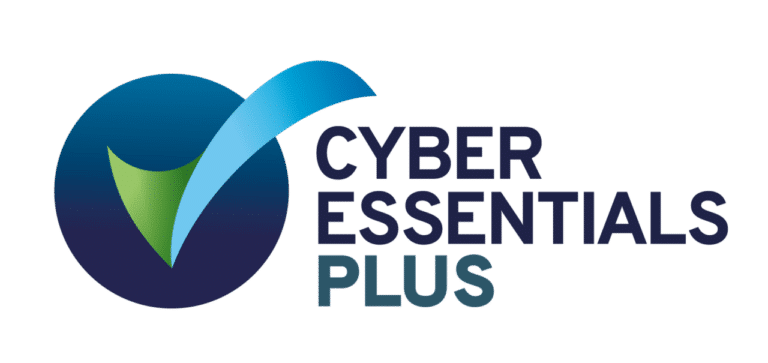The pace of change in today’s business environment is nothing short of dizzying, impacting not just traditional business units but also legal departments within organisations. In-house legal teams are increasingly challenged by escalating demands for faster turnarounds, reduced costs, and the integration of new technology.
So, how do you establish a culture that is receptive to change and poised for continuous improvement?
Firstly, let’s acknowledge the unique challenges of the in-house legal function. Sandwiched between corporate objectives and legal obligations, the in-house legal team must grapple with vastly different constraints than traditional law firms. Therefore, a change-friendly environment is not just an option; it’s a strategic necessity.
The following fundamental approaches and key strategies are a great start when it comes to building a change-ready culture for in-house legal teams.
Fostering tech-savviness
In today’s digital age, technology isn’t a luxury; it’s a cornerstone of operational efficiency. In a world where legal teams are expected to do more with less, optimisation and workflow improvements through technology are essential. But technology adoption in the legal department is about more than just selecting the right software. It involves a cultural shift.
Key strategies:
Collaborative decision-making: Empower team members at all levels to have a say in the adoption of new technologies or changes in workflow. Inclusivity drives buy-in.
Regular training: Establish a regular cadence for training sessions on relevant technologies, ensuring the team is familiar with and adept at using the tools.
A data-driven approach to efficiency
In-house legal departments are a treasure trove of rich data—workflow allocations, matter analytics, internal delivery, external spend budgets, compliance metrics, and more. These metrics can be captured and collated automatically as the legal team completes their daily tasks. Utilising this data effectively can be a game-changer for continuous improvement. It can also motivate change as the metrics can clearly demonstrate impact and value generation.
Key strategies:
KPIs and dashboards: Agree on key performance indicators (KPIs) and track them in real-time dashboards. Make this data visible and available to team members to foster collective accountability.
Regular reviews: Don’t just collect data; use it. Regularly review performance metrics to identify trends, pitfalls, and opportunities for refinement and improvement.
Nurturing flexibility and adaptability
Being flexible is not just about being prepared. It’s a strategic imperative that goes beyond merely adapting to change; it requires cultivating a culture that actively seeks and embraces it. This forward-thinking mindset allows legal professionals to swiftly navigate the complexities and adjust in response to evolving regulations, technological advancements, and shifting business priorities.
Key strategies:
Cross-functional skills: Encourage team members to acquire skills beyond their regular remit. For example, a legal counsel involved in contract negotiations will benefit from understanding data security and GDPR privacy laws.
Rewarding adaptability: Make it a point to celebrate team members who adapt and flourish in changing circumstances. Positive reinforcement can go a long way.
Open channels of communication
A transparent communication framework can significantly lower resistance to change, making transitions smoother. By fostering a collaborative and supportive environment, in-house legal teams can develop the resilience and agility needed to turn challenges into opportunities, ensuring that the organisation remains compliant and ahead of the curve in a perpetually transforming market.
Key strategies:
Regular updates: Maintain open communication channels, with regular updates addressing ongoing or upcoming changes.
Context matters: When implementing a change, ensure everyone understands the ‘why’ behind it. An informed team is an engaged team.
Leadership’s role in cultivating a change-ready culture
Leadership’s influence on change within an in-house legal department is profound. Their actions, values, and vision play a pivotal role in sculpting the culture and ethos of the team. By setting a clear tone and exemplifying the desired behaviours, they not only guide the team’s strategic direction but also instil a sense of purpose and unity. As role models, leaders inspire excellence, foster collaboration, and ensure the department aligns with the broader organisation’s objectives.
Key strategies:
Executive sponsor: One of the key factors of success for change management projects is having executive management support. The executive sponsor is ultimately responsible for the success and failure of the project. They not only set the purpose and focus but will be critical to removing roadblocks and allocating necessary resources.
Lead by example: Senior legal professionals should be the first to adopt new processes and technologies.
Empowerment: Trust your team to take ownership of change initiatives. This builds a sense of responsibility and significantly improves the likelihood of successful implementation.
Conclusion
Creating a change-ready culture within an in-house legal department is a continuous journey that demands an all-hands-on-deck approach. The ultimate goal is to build a team that’s agile, efficient and highly adaptable to the ever-changing corporate landscape. By implementing these strategies, you position your legal department as an effective, forward-thinking component of your organisation.
This article was originally published on our sister site lawcadia.com.


